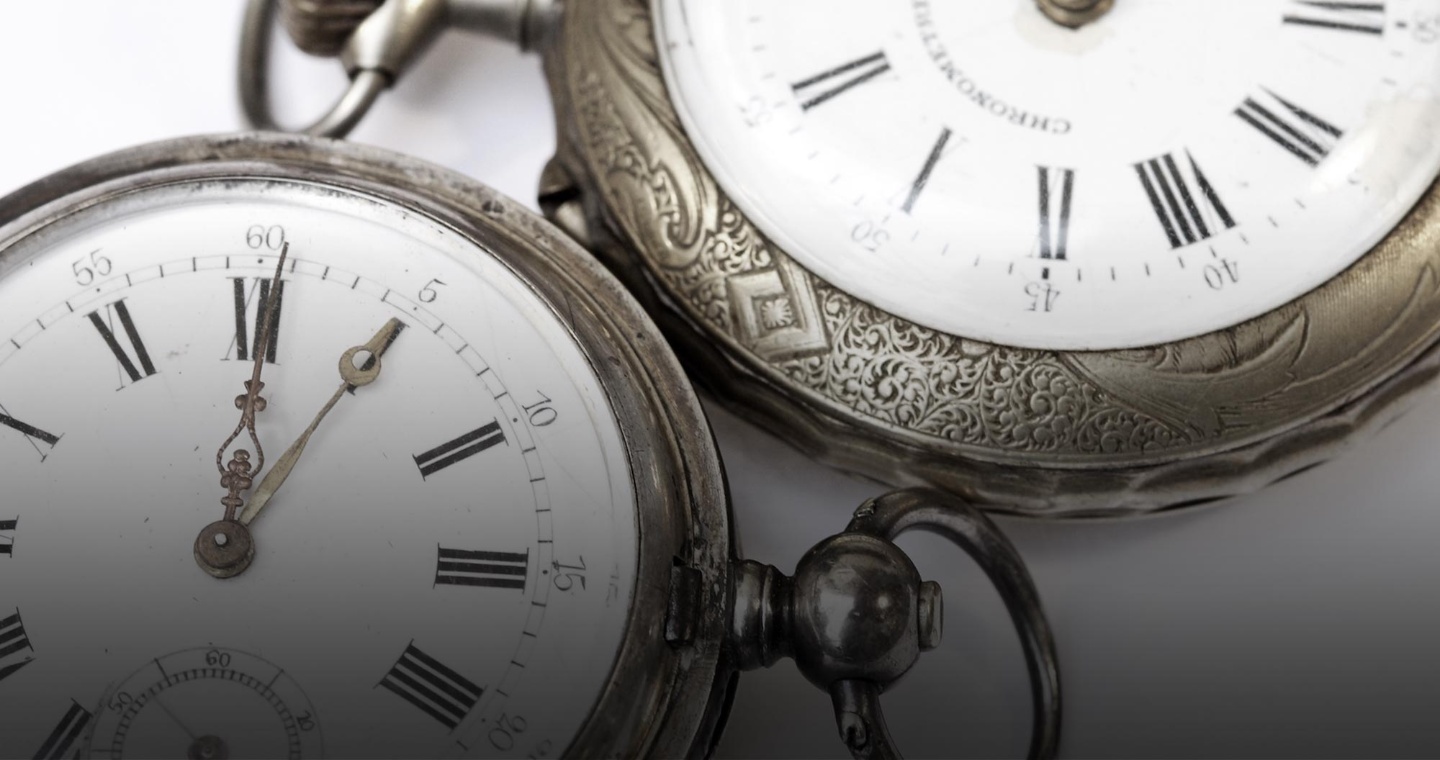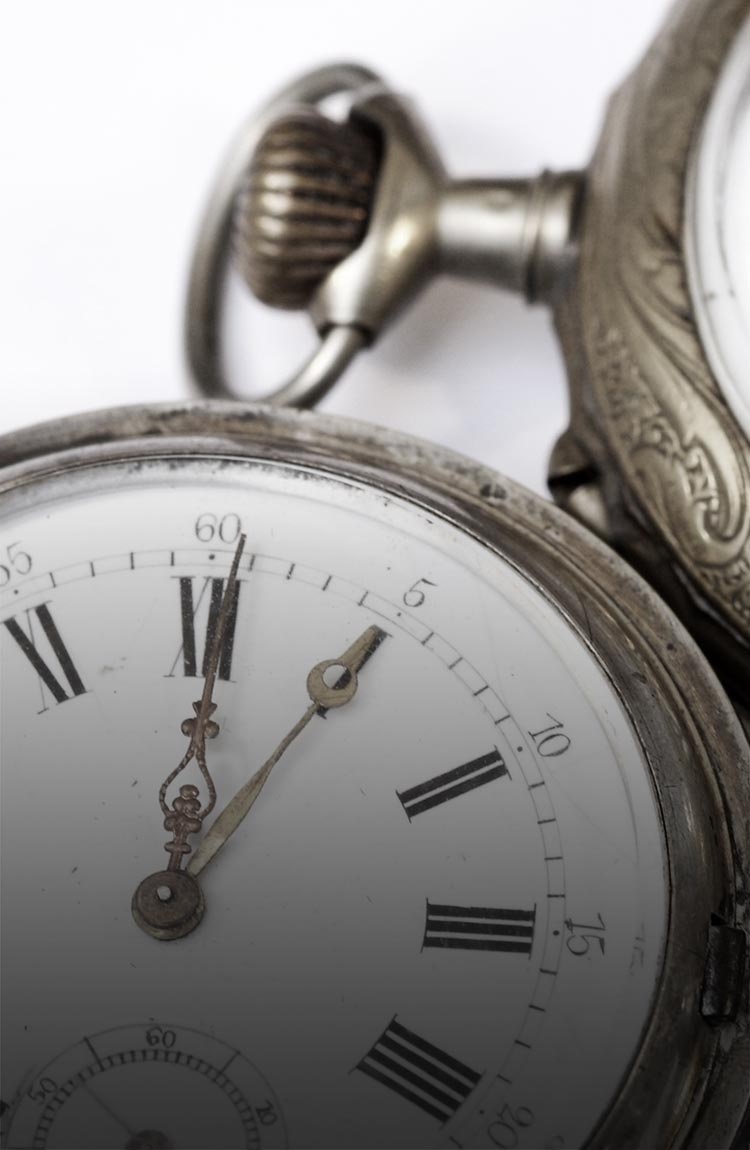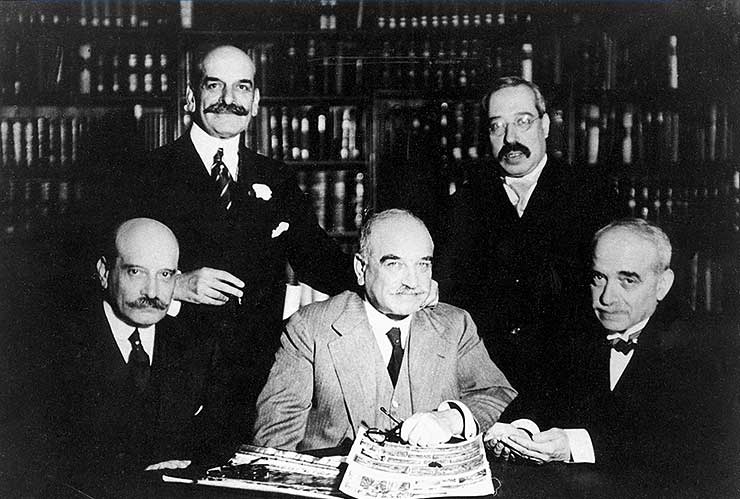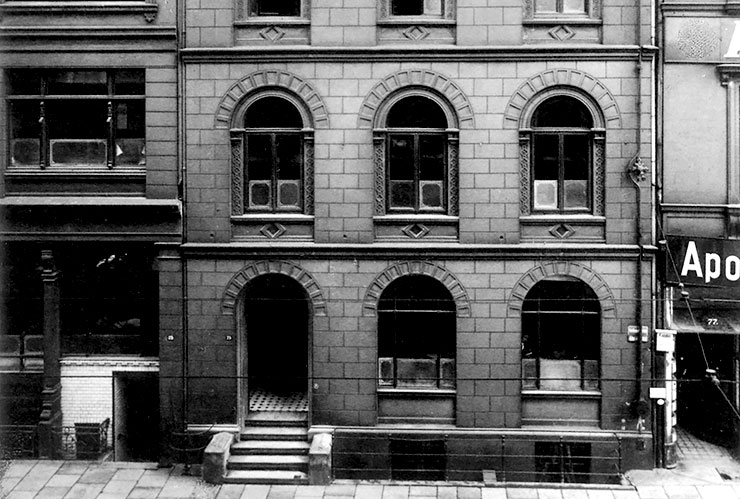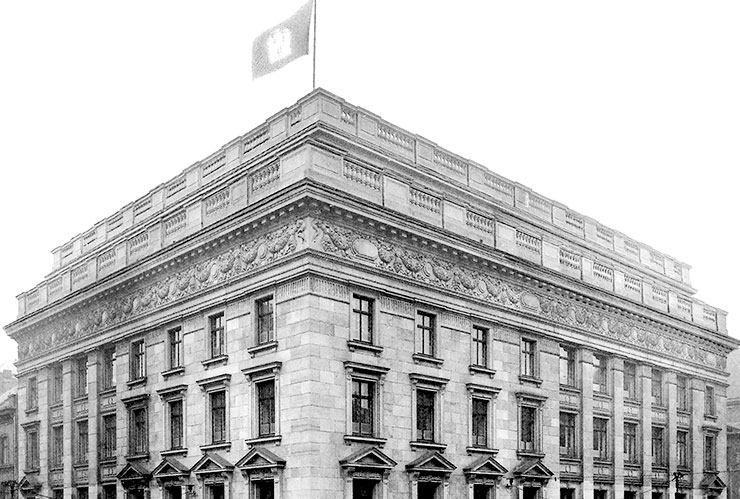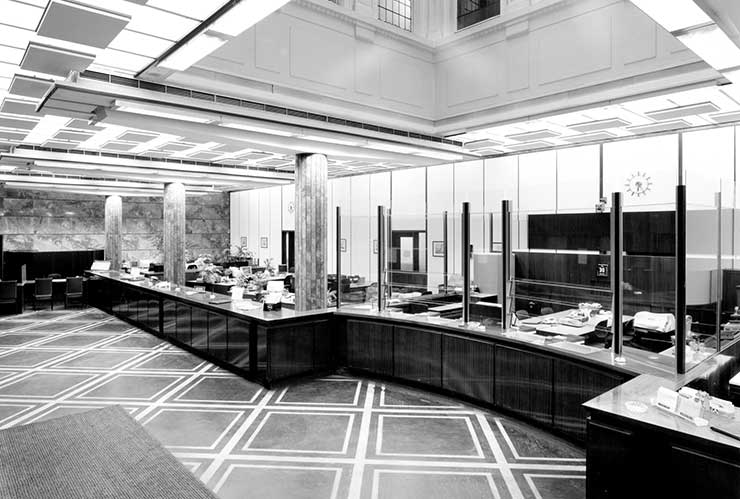We invite you on a journey. Learn about the history of our bank through the ups and downs of time.
Established in Altona, at the time in Holstein, the main business of the bank is trade in foreign currencies and bills of exchange. In the 19th century, the bank gains rapidly in importance. The Warburgs finance foreign and overseas business for the Hamburg wholesale trade. The bank also provides significant funding for the colonial ventures of the German Empire.
1798 The brothers Moses Marcus and Gerson Warburg found the banking house M.M.Warburg & Co.
1867 The move into Ferdinandstrasse 75, to this day the headquarters of the bank.
1889 M.M.Warburg & Co. has matured into an internationally well-connected private bank. It undertakes transactions in foreign currencies and bills of exchange with large trading companies and banks; the issuing business grows steadily. The bank has 23 employees; total assets reach 35m Reichsmarks.
1905 The admission of M.M.Warburg & Co. to the imperial bond consortium underlines the importance the bank has achieved.
The stock market crash of October 1929 does not leave M.M.Warburg & Co. unscathed. It culminates in a global economic crisis which lasts until 1933. In Germany, the political conditions increasingly restrict the business operations of the bank. Reichsbank President Hjalmar Schacht informs Max M. Warburg in a discussion in Berlin in September 1937 that the bank may no longer remain in the imperial bond consortium. Max M. Warburg replies that he must then liquidate the company. He decides to convert the bank into a limited partnership with the help of friends.
1929 Despite the tense economic circumstances, the bank succeeds in increasing its total assets to 382m marks by 1929. It now has 289 employees.
1938 In May, the friendly chief representative Dr Rudolf Brinckmann and business partner Paul Wirtz take over the bank.
1939 The silent investment the Warburg family still holds in the bank is confiscated upon the outbreak of war.
1941 The bank is made to change its name to Brinckmann, Wirtz & Co.
1945 Eric M. Warburg, an officer in the US Army, visits Hamburg and finds the bank still ‘alive’ amidst the ruins.
After the return of the family, the name Warburg is re-adopted as the company name. In the seventies, discussions arise on mergers with other financial institutions. In order to remain competitive during the rapid growth of major banks, the bank begins to expand again instead of merging with a competitor.
1949 A restitution agreement is concluded, making the Warburg family, represented by Eric M. Warburg, shareholders in the bank once again.
1969 The desired change of name is implemented: The bank now bears the name M.M.Warburg-Brinckmann, Wirtz & Co.
1982 Max Warburg enters the firm as a partner.
1983 The Frankfurt am Main office opens.
A strategic restructuring which includes a targeted expansion begins in 1986 with Dr Christian Olearius joining as a personally liable partner: The bank adds attractive business areas to its activities. Its name is changed to M.M.Warburg & CO.
1987 Founding of M.M.Warburg Invest Kapitalanlagegesellschaft mbH in Frankfurt am Main.
1990 The Berlin office opens after the end of the GDR.
1994 Takeover of the Behne Group, later renamed as HIH Hamburgische Immobilien Handlung; change of legal form to partnership limited by shares, increase of capital to DM 243.43m.
1995 Founding of M.M.Warburg & CO Hypothekenbank, M.M.Warburg & CO Schiffahrtstreuhand and M.M.Warburg & CO Assekuranzmakler.
1997 Takeover of Hallbaum bank in Hannover.
1998 Takeover of bank Marcard, Stein & Co. in Hamburg.
1999 Takeover of 51% of bank Carl F. Plump in Bremen.
2003 Takeover of bank Löbbecke in Berlin.
2005 Majority stake (51%) acquired in SES Research (today Warburg Research); founding of VIGOR Beteiligungsgesellschaft with focus on real estate, shipping and insurance sectors.
The bank expands engagement with subsidiary banks. The circle of partners is extended and the generational change completed.
2009 Takeover of a share in the Schwäbische Bank in Stuttgart; Joachim Olearius and Dr Henneke Lütgerath join as partners.
2012 The Munich office opens.
2014 Dr Christian Olearius (Chair) and Max Warburg (Acting Chair) move to the Supervisory Board, Joachim Olearius becomes spokesperson of the partners.
2016 The subsidiary banks Hallbaum, Löbbecke, Plump and Schwäbische Bank merge with M.M.Warburg & CO. They initially operate as branches and are later run as offices.
2020 The Chair of the Supervisory Board of Warburg Bank, Dr Christian Olearius, and Max Warburg, Acting Chair, withdraw from their mandates. Dr Bernd Thiemann becomes Chair of the committee.
2020 Upon payment of EUR 155m, the taxes set by the tax authorities for the so-called cum-ex share trading of Warburg Bank from 2007 to 2011 are fully settled.
Tax claims from the share trading of the bank are settled with payments in 2020. The majority shareholders pay the amounts from their own assets. The tax assessment of cum-ex transactions of the Warburg Group turns out to be false. The members of the Supervisory Board and Executive Board of M.M.Warburg & CO disapprove of unlawful tax structuring of any kind.
2022 Dr Reiner Brüggestrat becomes the new Chair of the Supervisory Board. Stephan Schrameier and Markus Bolder are appointed to the Executive Board.

